With Migration Back to Urban Core, Miami Sees Opportunity for Revitalization, Sustainability
Miami’s commercial real estate sector is intently focused on a recent court ruling that rejected the planned development of a Lowes hardware store outside Miami-Dade County’s Urban Development Boundary (UDB), our line of demarcation for westward sprawl. Essentially, commercial and residential developers are pushing to expand the boundaries while environmentalists and advocates of sustainable…
 Miami’s commercial real estate sector is intently focused on a recent court ruling that rejected the planned development of a Lowes hardware store outside Miami-Dade County’s Urban Development Boundary (UDB), our line of demarcation for westward sprawl. Essentially, commercial and residential developers are pushing to expand the boundaries while environmentalists and advocates of sustainable growth favor holding the line in place.
Miami’s commercial real estate sector is intently focused on a recent court ruling that rejected the planned development of a Lowes hardware store outside Miami-Dade County’s Urban Development Boundary (UDB), our line of demarcation for westward sprawl. Essentially, commercial and residential developers are pushing to expand the boundaries while environmentalists and advocates of sustainable growth favor holding the line in place.
Another planned development that would require moving the UDB – this one a large-scale residential community – is still awaiting a decision from the court.
Unlike many U.S. cities, Miami evolved after the arrival of the car, a factor which has had a profound impact on our urban development and exacerbated our susceptibility to urban sprawl. The last 30 years have seen residents populate the western and southern reaches of our County in droves.
But the psyche seems to be changing as people migrate back to our urban core. Since 2000, our Downtown population has grown by more than 50%, and another 15,000 people are expected to move in over the next few years. They are drawn to Downtown Miami’s new residential infrastructure, waterfront location, entertainment and cultural destinations, active nightlife, existing commercial base, public transit system, and wealth of employment opportunities.
Recognizing this renewed interest in urban living, commercial developers should seek opportunities for infill development in our existing communities, many of which are among the area’s most desirable neighborhoods.
We have already seen progress in Downtown Miami, which has been the target of more than $13 billion in investment in recent years, including dozens of residential high-rises, two million square-feet of commercial office space set to come online in 2010, and a number of mixed-use projects.
Going forward, Miami’s civic leaders, business community, and commercial developers must continue to support sustainable development. We can start by expanding and revitalizing our existing urban areas, and that requires concentrating our efforts on this side of the line.

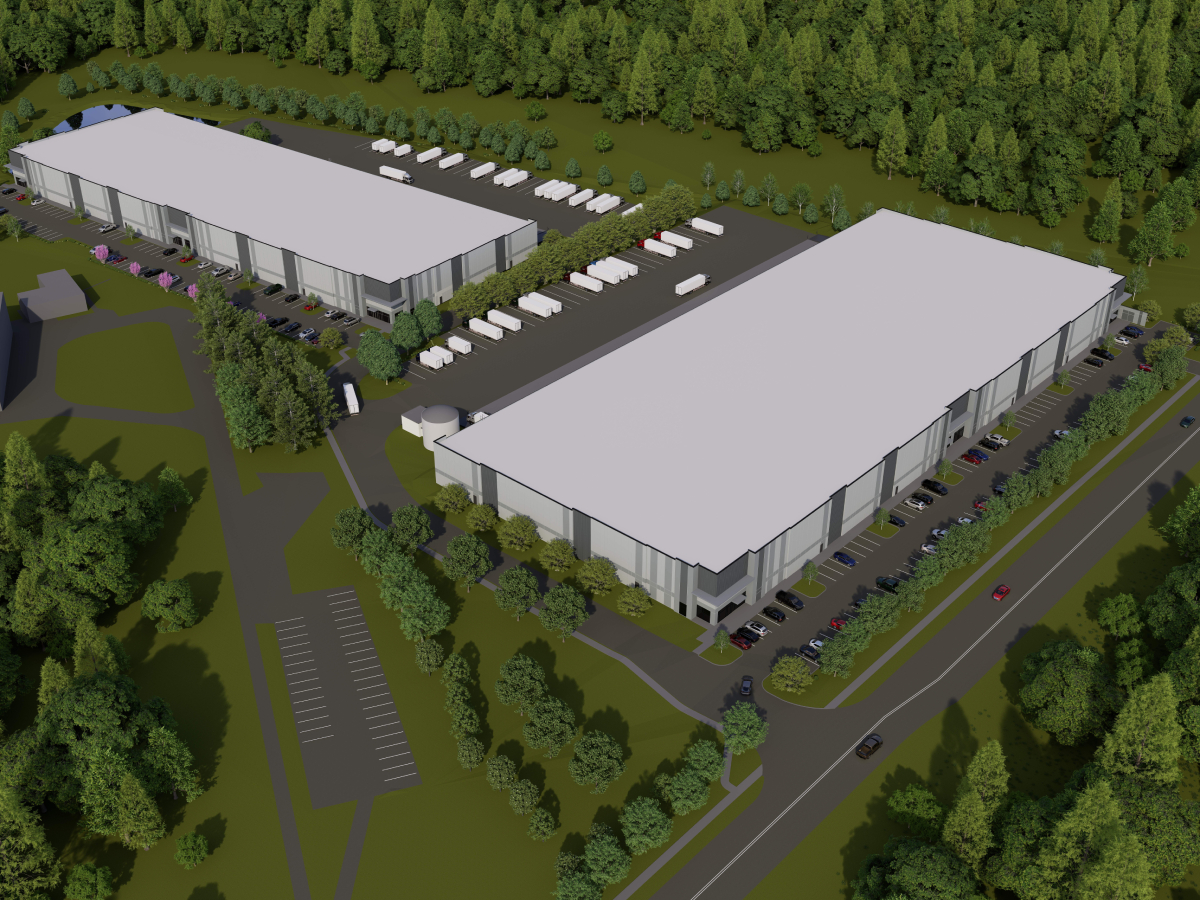
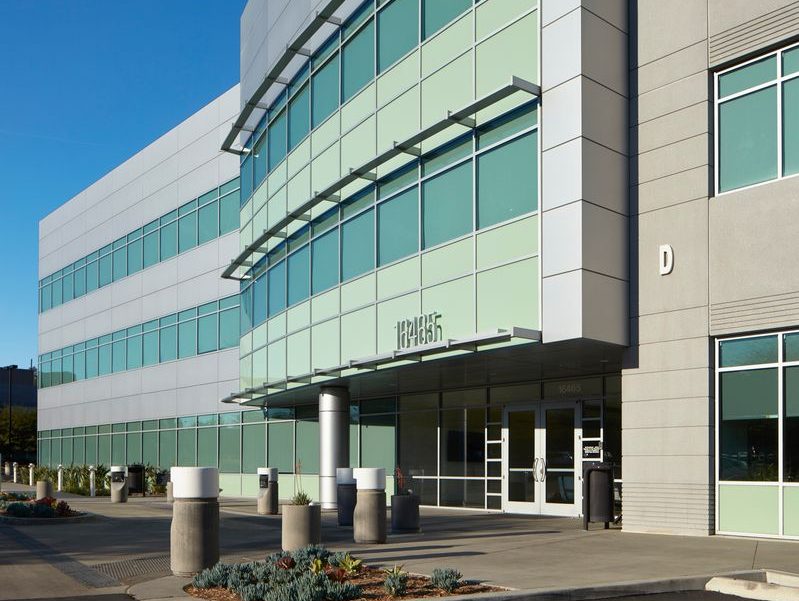
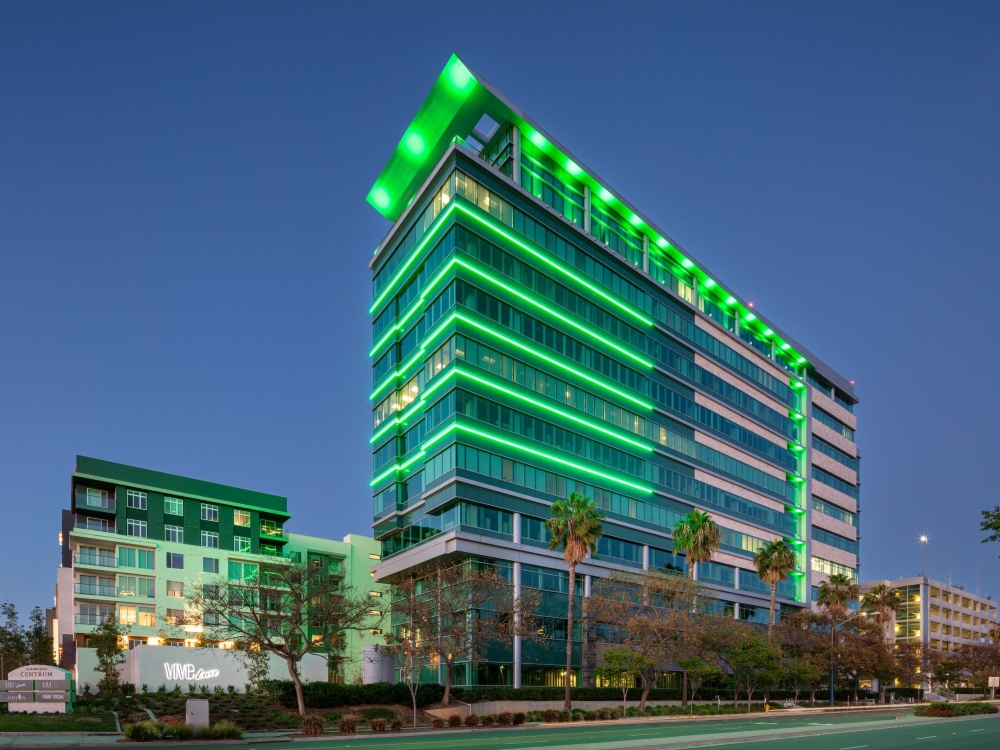
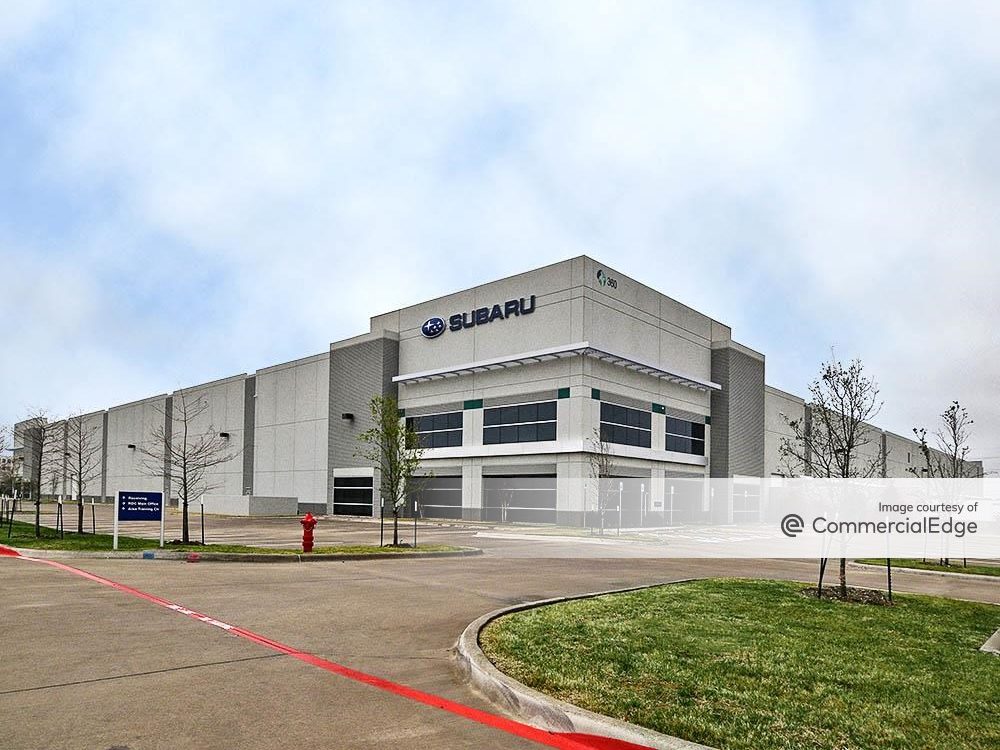
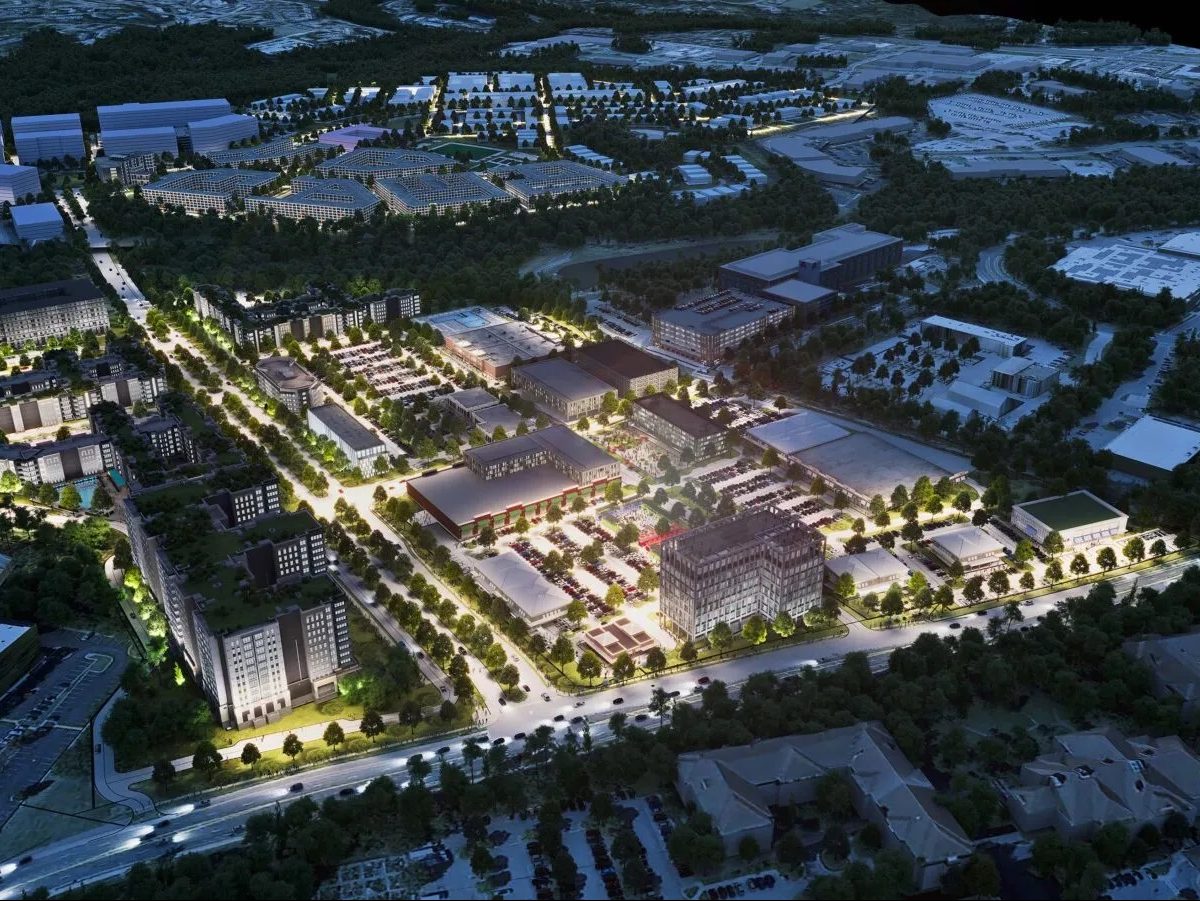
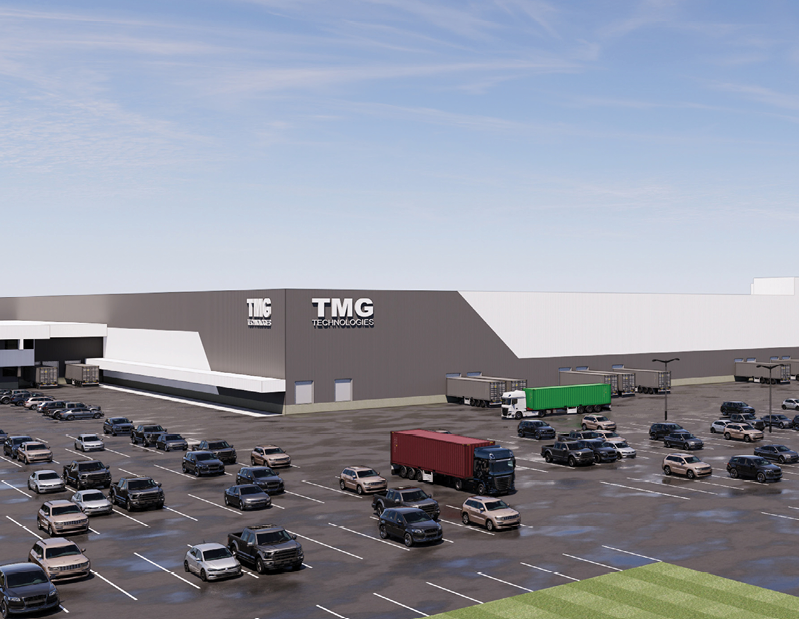
You must be logged in to post a comment.